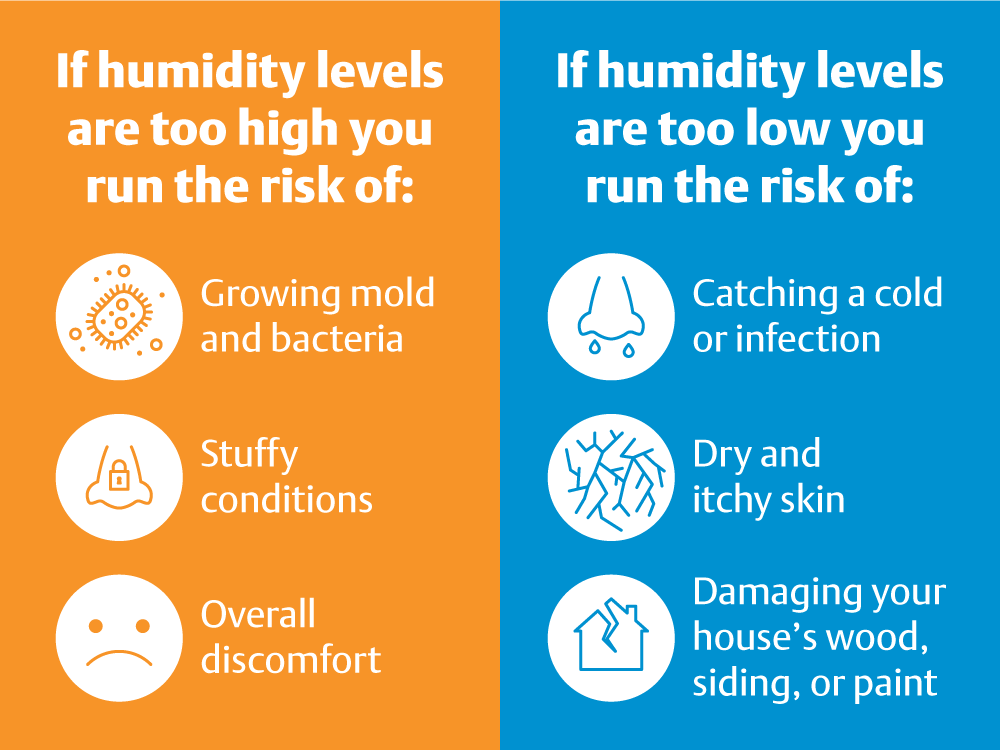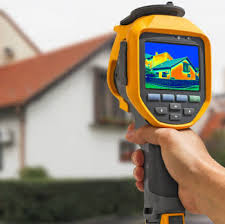How’s your Humidity?
Noticed the dewy lawns lately, a damper feel in the air and your cat is gradually losing interest in the outdoors with winter on its way?
Many of us are all too familiar with how humidity can affect our skin, hair, energy levels and other aspects of health but what does it do to your home?

What’s about the right amount of in-home humidity?
Around 45% is considered to be in the Goldilocks zone, if it dips under 30% it’s way too dry and if it’s well over 50% that’s on the high side.
How do you gauge Indoor Humidity Levels?
We’re fortunate enough these days that devices like Sensibo can connect to newer heat pumps and tell you the humidity levels in a room and adjust to your preferred setting. You can even check this on your phone while at work so you can program your home to be just right before you return!

Don’t have a fancy heat pump gadget?
How else can you get an idea of your home’s humidity levels?
- Fogging and condensation accumulates on your windows and doors, moisture and more disturbingly mould can grow on walls and ceilings which is an indication of way too much humidity or dampness and moisture
- Increased instances of static electricity, dried and cracking joinery and paint indicate too much dryness, therefore low humidity levels
A hygrometer can also accurately read your home’s humidity levels however we’d suggest an aforementioned heat pump app to make life easier overall. Set and forget the time, temperature and humidity and arrive to a toasty comfortable house when you get home!
Controlling Low Humidity Levels
During the winter, humidity levels drop because cold air holds less moisture than warm air. Forced air systems often worsen the issue and older heat pumps tend to really dry out the air. To make matters worse, when humidity levels dip, the ambient air feels cooler than more humid environments, and we turn up the heat to compensate. When your skin feels tight and you’re thirsty that’s a good sign that your humidity is way too low.
Low humidity causes static electricity (and weird hair!), increased susceptibility to colds and respiratory illness, and can allow viruses and germs to thrive. Timber floors, furniture, cabinetry and joinery work can split and crack. Paint will chip over time, and in the long-term electronics can be damaged because of low humidity levels. Adding a humidifier to your home will really help!
High humidity
Condensation will appear around the home as a key sign. You’ll often also find watermarks will start appearing on ceilings and walls as well . If your home is musty or damp; your furniture, wall pictures, mirrors, clothes, windows, doors, ceilings or walls or clothes and shoes are growing mould you’ve got a real issue.
If you get condensate on windows, especially in bedrooms occasionally during winter this is quite common and may not be a huge issue.
Building new with a ventilation and extraction system will often prevent this issue from happening. Heat pumps can help in some situations as well as using a dehumidifier.
Outdoor moisture
Dampness can also be problematic on the outside of older homes and can cause wood to rot and create musty smells or mould under or around the house. This will most likely be a maintenance nightmare!
How can you fix a damp home?
Build new if you can! Please note that this doesn’t prevent condensation fully though, you still have to watch how much moisture you generate within your home.
Cross ventilate as much as possible airing out your home (on different sides), use extraction fans in kitchen and bathrooms, dry washing outside and look at upgrading your insulation. Insulation and heating will reduce mould growth particularly on colder surfaces.
Green Homes build drier, warmer and optimally insulated homes for your unique climate and location.

